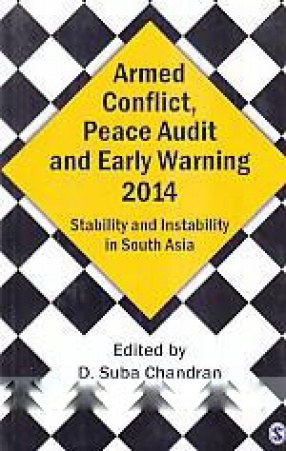
P.R. Chari

Showing all 16 books

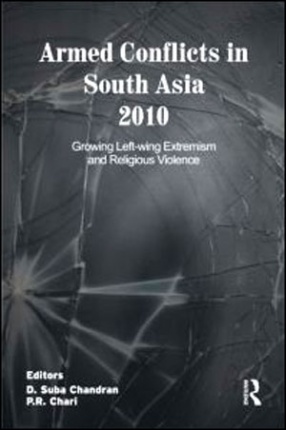
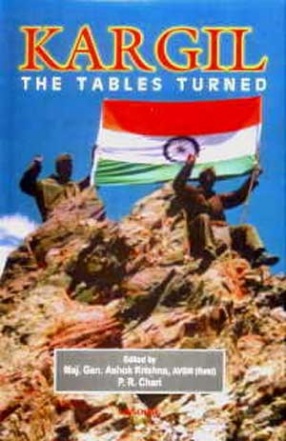
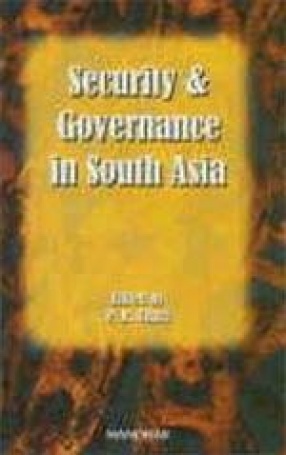
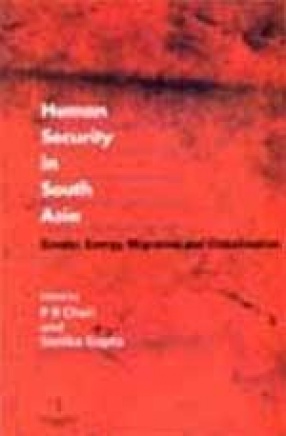
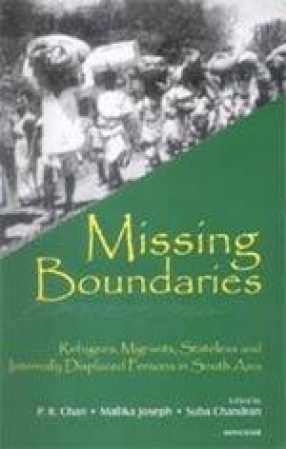
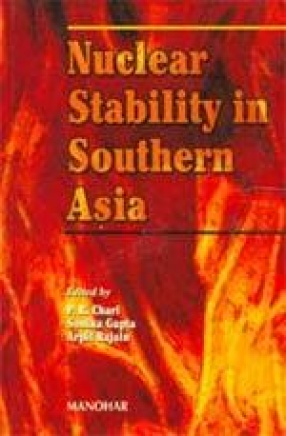


This book seeks to examine the various aspects related to armed conflicts in South Asia, taking both inter-state and intra-state actors into account. It addresses three major security aspects in the region—armed conflict, peace audit and early warning—and evaluates the gap between the end of violence and the response to peace, assessing whether peace processes are fragile in the region.
Highlighting the early warning of impending armed conflicts, it ...
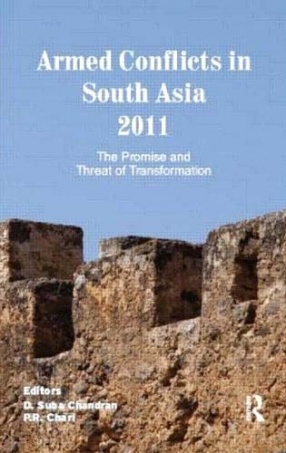
This volume, fifth in the series, describes the transformations witnessed in the armed conflicts of South Asia over 2010-11. Armed conflicts pose one of the most important threats to the process of governance in South Asia. The region is not only violent, but is also characterized by the inability of states to deal successfully with different aspects of violence ethnic, political, ideological and communal.
The critical issue addressed in this volume is how armed ...

This book examines the major armed conflicts in South Asia. The articles study conflict management, look at the direction the armed conflict is likely to take and provide a set of alternative measures that could be pursued by the actors.Designed as an annual series, the articles provide a brief historical sketch of the emergence of armed conflict, outlining its various phases. This volume examines the various armed conflicts in South Asia in 2009 – in ...
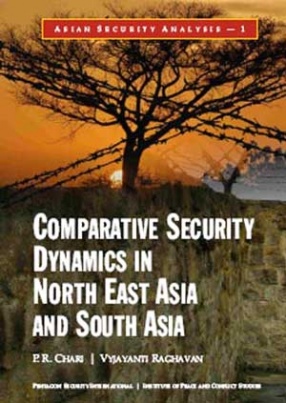
At first sight it seems that there is little in common between the security dynamics of Northeast Asia and South Asia. They are geographically situated in different parts of Eurasia. Their threat perceptions are different, being informed by their unique historical experience. These geo-strategic particularities have molded their security postures.Both these regions are distinguished by the presence of adersarial dyads-North Korea-South Korea and Pakistan-India. ...
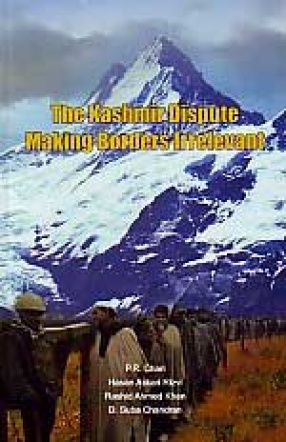

India and Pakistan have been fighting each other in Jammu and Kashmir since 1947. None of these conflicts ended decisively. The 1999 Kargil war, therefore, was the continuation of an unresolved problem. But this time, it involved the physical occupation of a sizeable piece of territory by Pakistan on the Indian side of the Line of Control; it took place between two democracies and putative nuclear weapon powers and could have escalated out of control. For these ...




The world security has a military connotation and refers to the activities involved in protecting or defending a country, in which the state has a central role. This book argues that the state provides as well as threatens security. It therefore, needs to be checked and balanced by broadening the concept of security to include both military and non-military threats such as those related to ecological, social, economic and political causes.
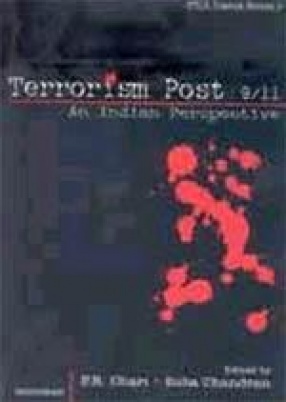
9/11 changed the contours of the international system. It also enhanced the terrorist threat to India. Pakistan`s role in the War against Terrorism has informed its promotion of terrorist activities across its eastern border after it was coerced into assisting the US campaign against terrorism on Pakistan`s western border and in Afghanistan. The terrorist attacks against the J & K Assembly and the Indian Parliament, the Army camp at Kaluchak and the ...
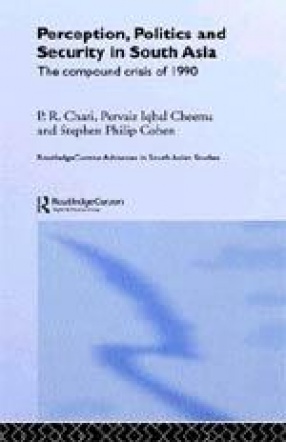
As the international community attempts to manage repeated military crises between India and Pakistan, this book examines the standoff of 1990, the first nuclear-tinged confrontation between the two regional rivals. Studying the denouement of one of the first regional crises enables a better understanding of the dynamics of India-Pakistan brinkmanship and points to ways of how long-standing disputes might be pushed towards resolution. Unlike earlier accounts of ...

South Asia has 14 percent of the world’s refugee population and is the principal source and host of refugees. The causes behind the displacement –political instability armed conflict, lack of resources and so on in South Asia and its immediate neighborhood have not declined but, in fact, have not declined but, in fact, have been increasing; and the security threats posed by the refugees and internally displaced persons (IDPs0 is set to increase given the lack ...

India’s and Pakistan’s reciprocal nuclear tests in 1998 irrevocably altered the strategic situation in Southern Asia and sparked off a global debate on nuclear weapons, arms control and nuclear deterrence. The trilateral nature of the nuclear adversarial relation in the region, comprising the security concerns of China, India and Pakistan, presents a challenge to existing theories and practices of nuclear deterrence premised on dyadic structures. The security ...

Biological Weapons, the threat of bioterrorism, and the best ways to meet this threat to global security are the issues addressed in this book. Included are case studies of possible bioweapons incidents, including an outbreak of the plague in India and the anthrax cases in the United States. The importance of giving credit to the serious threat biological weapons present and not overlooking them in concerns of nuclear weapons of mass destruction is argued.

